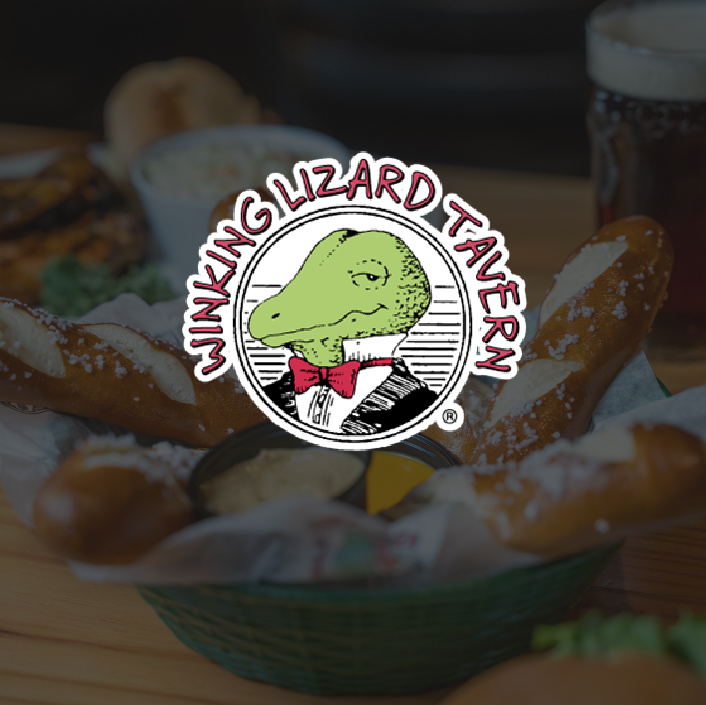
5 ways to make the most of your restaurant website

A restaurant’s website is often the first point of contact for potential customers, meaning it needs to make a strong impression. But not every restaurant owner is savvy enough with technology or marketing. In this blog, we’ll cover how creating an effective website doesn’t have to be complicated or intimidating. Let’s explore five key opportunities to enhance your restaurant’s web presence, why they matter, and how to leverage technology to maximize these results.
1. Ensure your website is mobile-friendly.
A significant portion of web traffic (upwards of 80%!) comes from mobile devices. As a result, websites need to adapt to the screen of any device a guest can visit them with, including mobile phones, tablets, laptops, or desktops. This ensures users have a positive experience and can easily find the information they’re looking for. We recommend using website design tools that have responsive design principles baked in. Using tech that takes care of the technical aspects of web design means you can focus on updating the details that matter, like your hours of operation and menu listings. Bonus points if the solution provides data on your website’s performance.
2. Maintain accurate, clear, and updated website information.
Guests visit your website to get answers to specific questions, such as if you take reservations, how to place an online order, what hours you’re open, or what upcoming events are you hosting. Incorrect hours, broken reservation links, or failure to highlight services like catering and events can result in thousands of dollars lost in revenue. Plus, incorrect information can lead to Google ranking your website lower in search page results.
There is a lot to consider when it comes to keeping your site up-to-date. Let’s discuss some of the biggest priorities to keep in mind:
Menu maintenance:
Using a dynamic, interactive menu is one of the best ways to keep your offerings updated (and help your performance on search engines). You can include current, high-quality dish photos to draw in new guests and any changes to the menu’s content apply immediately. Some menus can even sync with your POS system, meaning you only have to make changes to price or dish descriptions in one place.
Correct site content and easy navigation:
Ensure your website’s navigation is intuitive and contains the right links for reservations, catering, and online ordering. Again, you want users to find the information they’re looking for as quickly as possible, so small tricks like highlighting the online ordering option in a different color from the navigation bar can make a big difference. Additionally, it’s recommended to link your website to your Google Business Profile so the right information is available everywhere guests can find your restaurant online.
ADA conformance:
Most important on this list is making sure your website is accessible to folks with disabilities. Including alt-text on your pictures and having a dynamic, text-based menu (as opposed to a PDF menu) allow everyone to navigate your website unhindered. For more information on how to made your website ADA-friendly, follow the Web Content Accessibility Guidelines (WCAG).
3. Have direct access to your reviews.
One of the most common questions guests have when choosing a restaurant is “What do others think of this place?”. By hosting reviews directly on your site, you can provide that answer to potential diners without directing them to third-party review sites. Plus, with first-party reviews, you can better manage your reputation by highlighting positive reviews and privately responding to negative reviews.
4. Directly integrate online ordering on your site.
While third-party delivery platforms are a great way to find new customers, these platforms often charge high fees and own the information from guests who place orders. With first-party online ordering, you can save on commission rates and collect contact information from guests, creating an opportunity to build a direct relationship with them in the future. What’s more? With service like DoorDash Drive, you get all of the benefits of first-party online ordering while still having access to a fleet of delivery drivers, meaning you can still reach customers who are only interested in placing delivery orders.
5. Utilize digital marketing strategies.
Whether it’s through reviews, online orders, or by offering discounts, make sure your website has multiple opportunities to collect contact information from your guests. Utilizing channels like email, text, and social media to inform guests of changes to your menu, specials, and upcoming events is a great way to grow revenue for your business. For more tips and examples on how to market your business, check out our Beginner’s Guide to Digital Marketing.
Creating a website that reaches more customers and drives more revenue involves more than just publishing your menu online. By taking advantage of these opportunities, you can build a strong online presence that enhances the customer experience and helps you achieve your business goals. Interested in how you can do all of the above with minimum effort? Schedule a demo with Popmenu to learn how our marketing platform and websites have helped restaurants improve their digital presence and grow sales.





.jpeg)






